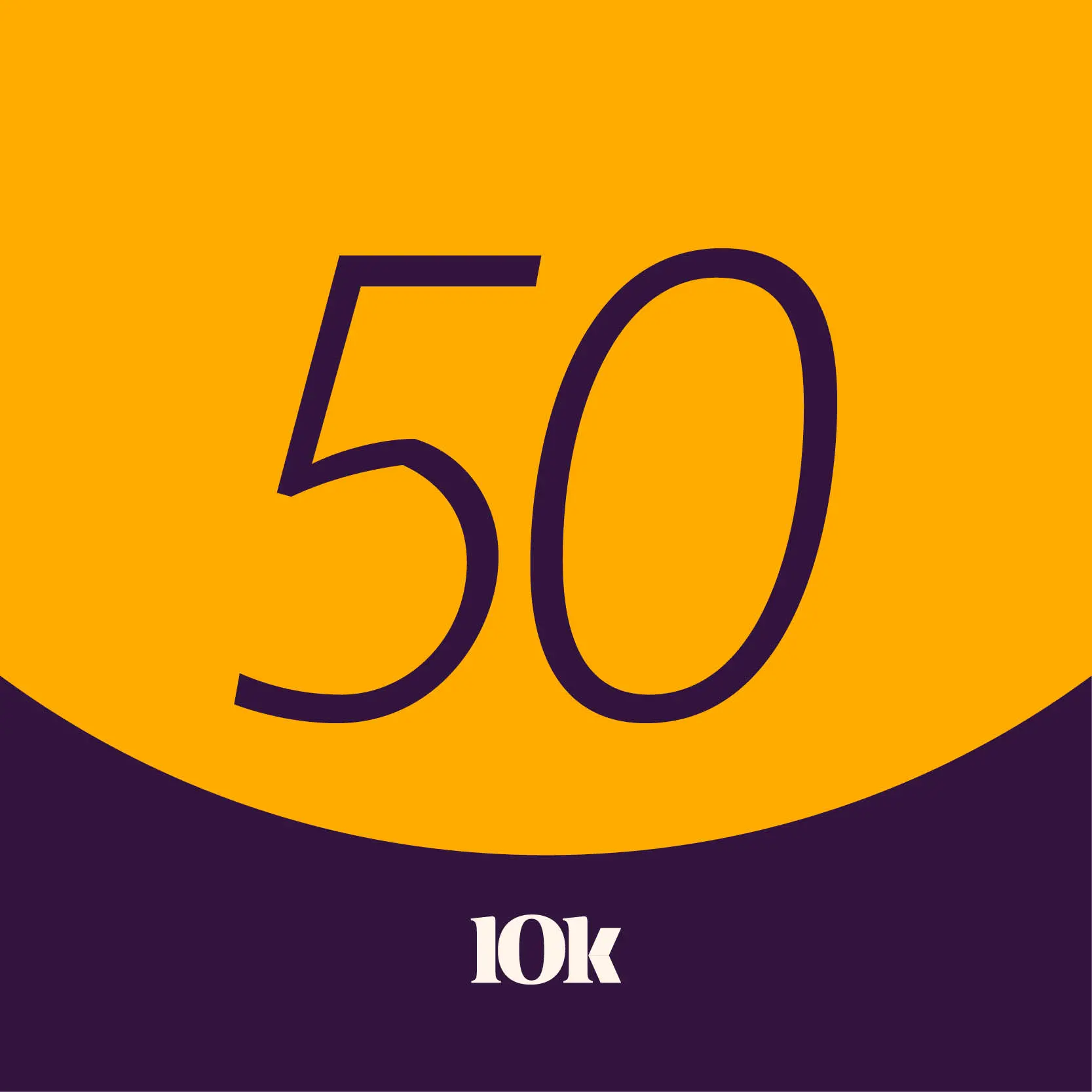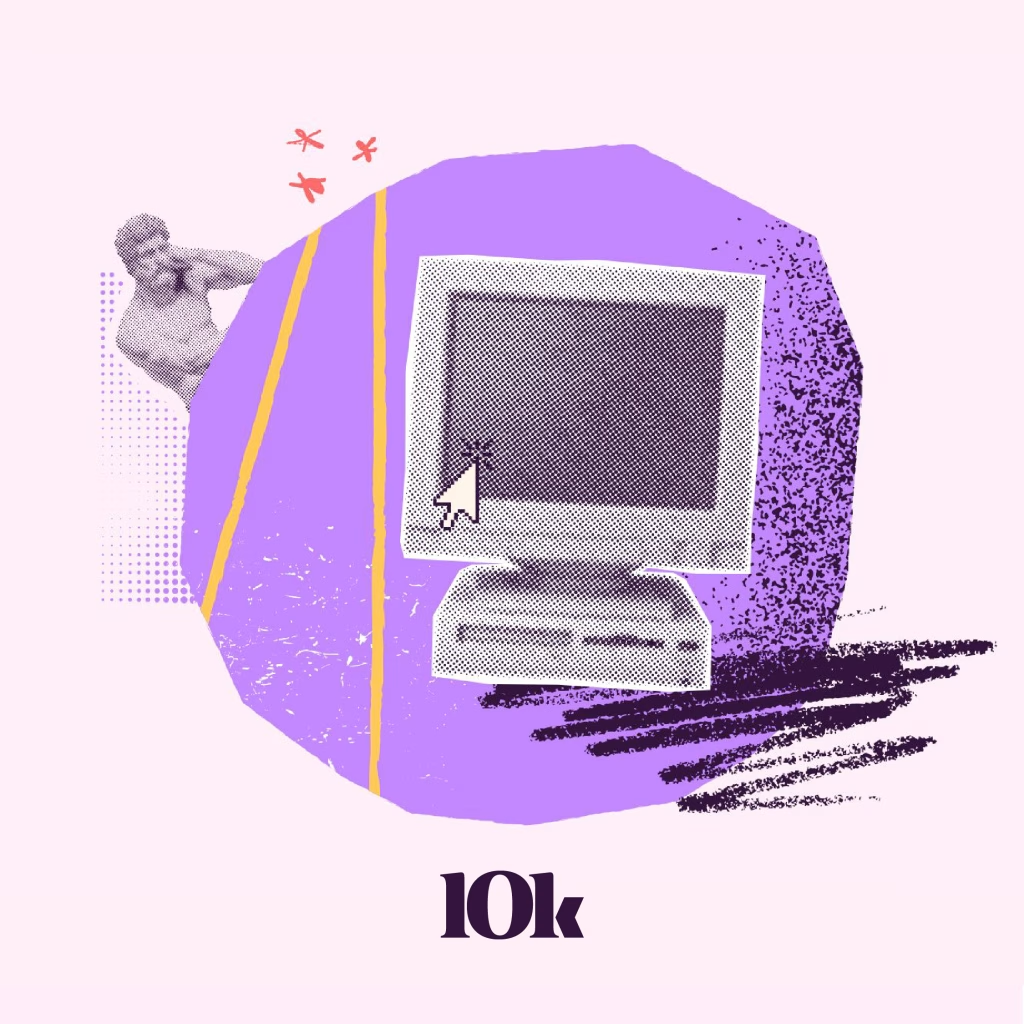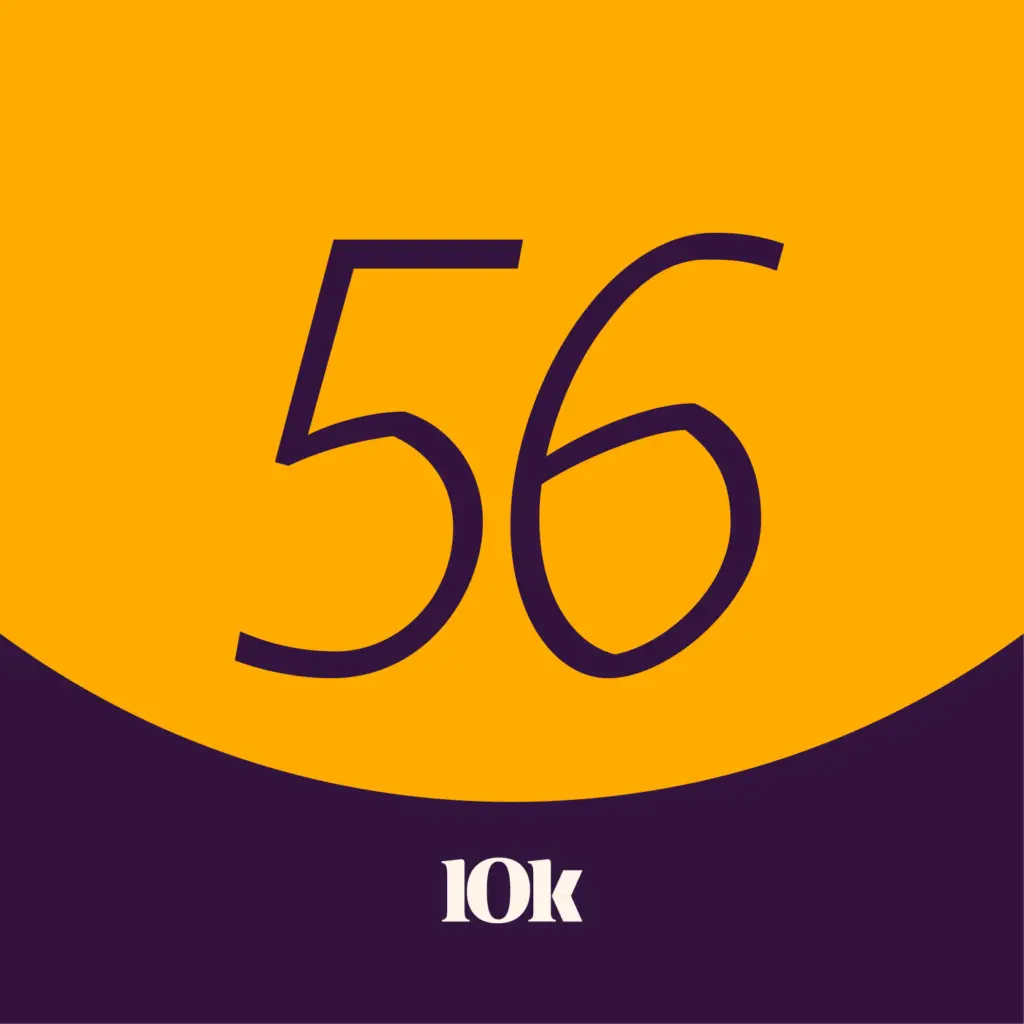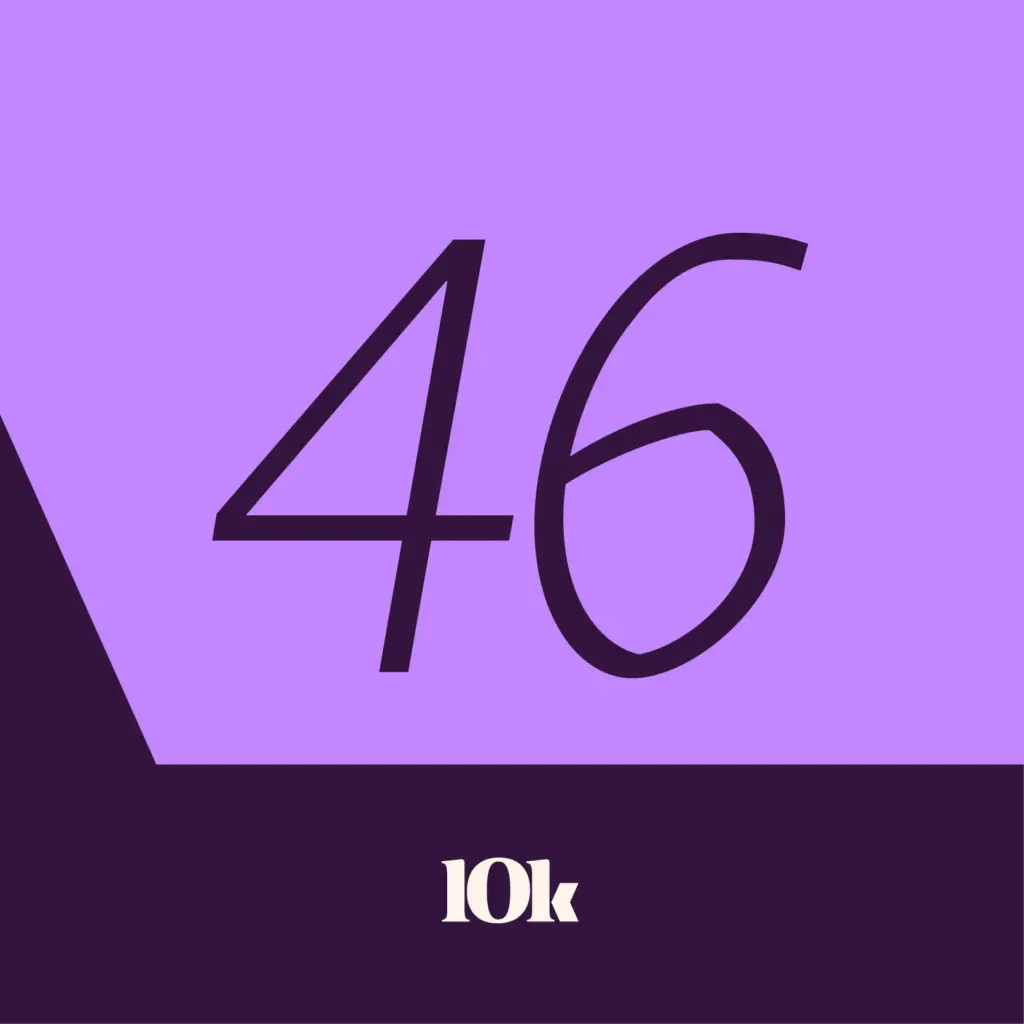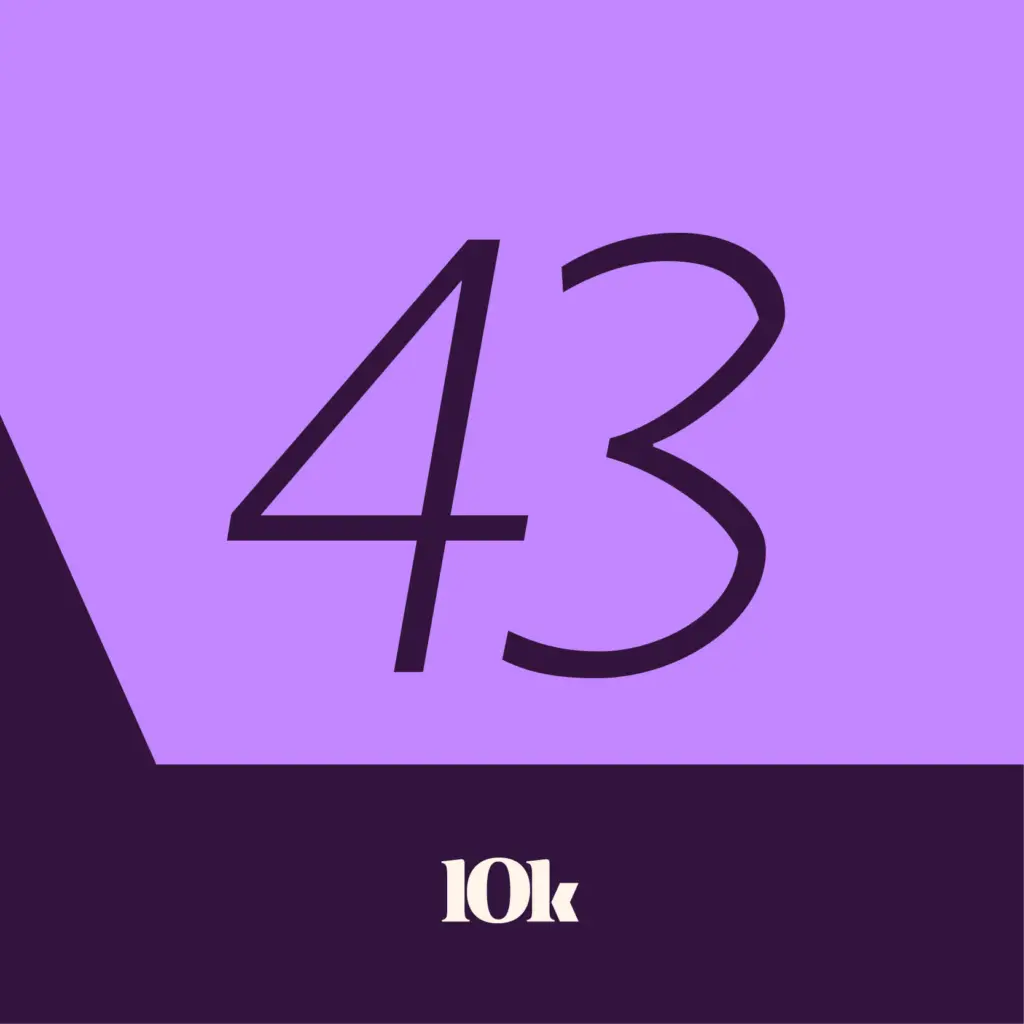When you hear the phrase human side of IoT, what does that mean? Whether you are blue sky innovation client or a client looking for your next generation innovation, you need to consider the human side of developing your connected product. In this episode, you’ll hear from Jen Nowlin, Connected Products Business Line Leader, and Lisa Helminiak, Design Principal, talking about the human side of IoT. Enjoy!
This podcast content was created prior to our rebrand and may contain references to our previous name (OST) and brand elements. Although our brand has changed, the information shared continues to be relevant and valuable.
Episode Transcript
Kiran: Hello. I’m Kiran Patel, host of 10,000 feet, the OST podcast. On today’s episode, I’m excited to have OST’s Jen Nowlin, Connected Products Business Line Leader, and Lisa Helminiak, Design Principal on the show.
Welcome Jen.
Jen: Thank you. Excited to be here.
Kiran: Hi Lisa. Thanks for being here.
View Full Transcript
Lisa: Very excited to be here. Thanks.
Kiran: So we’re going to be talking today about the human side of IoT. Connected products can cost companies millions of dollars only to end up in the IoT graveyard. These products often die on the vine due to a lack of relevancy, which is why service design is so crucial early on, or they fail because they don’t have sustainable business value driving higher revenue, higher margin, or scalable consumption.
Instead successful companies design and develop around entire ecosystems. And we’re going to dive right into that. Jen, just to get things started, I’ll toss it to you. When you hear the phrase, the human side of IoT, what does that mean to you?
Jen: What that means to me is really the bringing together of the people who are building, managing, providing, serving through a connected experience through a product and an interface, for example, as well as that person who’s using that connected product in their environment with their workflows in finding that synergistic match, where they both align around the humanistic value of how they consume and act, and work together in harmony.
Kiran: Lisa, how about you? When you hear human side of IoT, what comes to mind?
Lisa: Well, I think every technology is, you know, interacting with humans, even in the sense of even if, you know, computers are talking to computers it’s generally to promote value to humans in some way. So if we don’t keep that as part of the core of how we design our technology, we’re going to go off track.
So for me, you know, IoT has been an exciting area because it’s new and people have been really focused on how do we make this tech work. Now we’re at that point where we need to make it work for people, right? So there’s been this balance of innovation, you know, how do we make these complex systems work, technologically?
But now, you know, again, to keep it out of that graveyard, we have to really align it to that people value. So now we need to bring those people into the mix to take IoT to that next level.
Kiran: So, Lisa, I’ll ask you this. When did you first notice this shift? This shift in businesses, as far as focusing more on the human impact of connected products, specifically from the start of that process?
Lisa: I think it’s pretty new. I mean, in the med device space, obviously people had to get this right because you’re fitting a med device into a healthcare workflow. It’s got to work for people. So in some spaces, it’s on the mature side in maybe the consumer product side there’s mature places in the IoT space.
But I think holistically now these things have to work together in concert. There’s these, you know, and Jen can talk about this much more, but there’s these platform plays this IP around how everything works together. And so I think now people are really going, Hey, We got to get this aligned in a different way. This is a systems design. It’s not a product design. And so we’re entering this new space and if we don’t anchor it in how humans think and behave, we can spend a lot of money going in the wrong direction. Jen, I think you should add to that.
Jen: And the evolution, you know, I’ve been in IoT a long time, so I’ve gotten to see the struggles and the pain and the graveyard of all the, you know, challenges and failures.
What I’ve seen that happen is this evolution from product focus. You know, I mean, adding this feature, this capability to this product, that mindset has shifted to we’re delivering a solution. So now that a lot of the industry’s at that solution mindset right now, where now the next phase leap, and this is where we see, let’s say for example, generation one solution offerings of connected products, evolving to this generation to more of a portfolio play. Okay. How do we take a collective bunch of our connected products in this particular space and offer a portfolio solution? And even beyond that, the next one is that thinking in service systems where you involve connected platform to platform, to ecosystem of multifaceted delivery of value, not just through one face of value.
So this progression is happening. So we’re right now. Solution to portfolio realization. And that’s where I’ve seen a lot of that human side of IoT that centric around what value are we delivering with a cohesive portfolio of products, changes the dynamics of the conversation and seeing how the humans want to interact and respond.
Kiran: Lisa, can you talk a little bit about this, this idea of being constantly adaptable. How do businesses create a listening environment? So they’re taking advantage of their observations at multiple steps of the process of building and designing.
Lisa: Yeah, I think what’s really interesting to me in the IoT space is really the system of listening that you can create with these tools and these platforms.
So when I think about it, we create a system of learning human behavior. I mean, you’ve got everything attached. We can really understand, not just positing what we think people are going to do or observing, you know, a few people doing a few things in the space, but having data coming in to tell us really what’s happening.
So I think it gets us at getting away from some of our biases. We might have. Some of our thoughts about who are our customers are and what, how they think and what they think to really having this, the censored system of learning, which is really kind of amazing. I mean, and we have to design it in a way that respects people’s privacy, their worlds, all of those things.
So it’s gotta be human on a number of levels, human in the sense that we’re learning and understanding and improving our products. And human and respecting people and respecting their boundaries and respecting things. So again, additive making things– making their lives easier, better, and not being intrusive too.
So I think there’s this balance that we have to think about like being respectful of people is important here.
Kiran: Jen, how would you say you’ve seen businesses continually adapt and create listening environments?
Jen: What I’ve seen is they’re starting to understand that when you deploy connected pieces or products in an environment, and then you start to weave in other data sources, for example, third-party data about weather or about other environmental conditions.
And then you find those inflection points or those key attributes of where behavior changes based on certain stimuli or association to, well, I want this outcome, but that’s not feasible if I do this and then that, and you can nudge and help that person on their journey of what they’re trying to accomplish.
People generally set aspirational goals and then look for environmental cues or things around them to help them move in a direction or achieve those aspirational cues. And they respond best to that. As Lisa put out, when it’s a trusted relationship. When it honors who they are and what they are doing, rather than assuming that they’re going to act in a certain way.
So that’s the appreciation I’ve seen people who have been developing products for a long time suddenly say, I have a way to guide someone instead of just make a thing for them. And that’s– it changes their perspective on how they can deliver value and how they want to design and develop those continuous experiences.
Lisa: I just want to touch on the touch points too, that IoT gives us. So we’ve got the impact of the touch point of when the, you know, devices touch the human that’s using them. So we’ve got the behavior of the person in the experience, but also how the experience impacts behavior. So there’s you know, mini system and then it also hits at the data points. So insights, we’ve got behavior that impacts the data and the impact of data on the behavior. So we’ve got these little systems designed at each of these touch points. We have it at the ecosystem layer and we also have it at the value creation behavior. So if we are smart and we think about those little mini systems at each touch point and think about them and design for them.
Then we’re really getting into the data-driven enterprise. That’s where we’re really going to see value. We’re really going to bring value to both the internal systems that we’re developing, but also our customers.
In my– I live in the customer experience world, you know, how do we improve customer experience? We know that if our employee or staff experience is not driving that customer experience it’s not ever going to be what you want it to be. So this is again, an opportunity to align your internal teams with, you know, focused on developing the right experiences for your customers.
Jen: And I’ll build off that. And from working with the connected products teams at companies and collaboration with our teams, what we see is the aspiration. Again, you have to set that vision casting of– and a lot of them are around automation. How do we design automation through this product phases of growth and innovation that meld into services?
Because ultimately the best delivered services have some sort of base intelligence and, you know, help make things easier and collaborate with people to get the job or the task done better. So what we see happening is that with that ultimate goal of automation, that’s all based on data in mini systems, just like Lisa was talking about.
So if you have that architectural view of, I need to work through the mini systems and cohesively tie them into a macro system that then can be tapped into other macro systems. Now you’re talking about system architecture, not just solution architect. So then go back into that evolution from just a solution architecture to the system architecture, to then the enterprise and ecosystem architecture.
And that’s where you start to see the reward of those automations and the backend systems taking care of a lot of the mundane decision-making through AI.
Kiran: So let’s go through a couple examples just to see what it would be like for a prospective business who is listening and wanting to plug in at different parts of the process.
So let’s imagine I’m a connected products client that has built a product and is looking for a use case. For example, I’ve got a great connected healthcare device that I’m looking to commercialize. I’ve introduced it to some key customers and they’re saying “when we ask them to connect to their network, what’s in it for me?”
How would you respond to such a client?
Jen: You want to go first?
Lisa: Oh my gosh. Well, yeah. I mean, healthcare, you pick the most complex use case right there, Kiran. I mean, it’s complicated because you’ve got to fit into clinical workflows, right? So there’s the caregiving part of healthcare. There’s the patient experience side, which is just that emotional support. And then there’s the tech side of, you know, how does this fit into the data management of healthcare. And so it’s super complex. And again, there’s a lot of great devices out there that don’t fit into the tech in a platform way and where it doesn’t fit into the workflow very well. And it’s actually interesting because OST does a lot of work in this space to try to align all those things.
And again, you can create something that you think is brilliant and we’ve got to think we’ve got to get down to that micro level. I mean, if it adds one bit of friction to a doctor or nurses or caregivers life there, it’s not gonna work. And so it’s always about integration and, you know, our team is working on everything from fire integrations, into epic and Cerner and you know, those platforms to be able to get it into the workflows, to thinking about how it– how do we support the clinicians who are in the room with the patient and how does this device, or how does this technology support that improved healthcare interaction?
So it’s complex. But we have to start again. We have to think about it in those layers. And again, it’s about people, but it’s also about technology too.
Jen: And thank you. You just gave the perspective of Kiran, you set up that scenario of what that hospital administrator or that bio technician or the network person in that environment is thinking that’s their day in, day out life.
And then from the product manufacturer standpoint, Kiran to your point, they’ve built this connected experience. They know the value of what they’re going to get. For example, they’re going to have a better concept of when failures are going to happen with that device that could be catastrophic in that environment, or at least put their device in a closet, for example, because who knows when it’s going to be serviced.
Right. So they’re trying to look at it from the product uptime and usage. How do I look at delivering that value of consistent usage and performance? That’s their pride in their quality. So yes, you can connect to your product. You can build that. And that’s what that, in your scenario, that manufacturer of that medical product is considering.
And when they get the response to say from the hospital staff, the biomedical tech, the network admin, what’s in it for us? It really reorientates what is quality? What does quality mean? It goes beyond the product. And that’s where Lisa was talking about into the workflows, into that environmental holistic patterns that you’re evolving those patterns to perform better.
So it’s beyond the product now. Now it goes beyond just offering a connected solution. Now you’re looking at a portfolio of how different performance attributes are enacted in the environment. So that steps up quality. That’s what we’re working with manufacturers on is that next definition of quality.
Lisa: I wanted to add here too, that, you know, one of the things that we can do for clients who are in this space is we can sit down and do a session with them on opportunity mapping.
You know, what is the opportunity for that device? You’ve got it. And that’s a great first step. It’s something we can do, you know, it’s quick, it’s fast. We can walk in and help you uncover what those opportunities are right off the bat. So that’s something that we can do really easily with people who have this. I built something and I’m trying to find the, where it fits.
Jen: And I can say from leading and working with the designers on leading these opportunity mappings, working with engineering teams and other technical teams, The aha moments they get. Once we, you know, reframe the pattern of thinking around here’s where the scenarios and situations aligned with where you’re trying to deliver that value, they just, they light up and they’re like, now we understand we have a guide. We can move forward and prioritize our features and how we’re going to approach this and test it and iterate and grow.
Kiran: Right. I imagine. It would be similarly exciting for me, if I’m say a blue sky innovation client, and I have a hypothesis for a connected product experience, but I’d like proof that it’s the right idea that will deliver value before we move ahead or if we need to pivot. So I’m imagining it, it could be a similarly illuminating experience for, for such a client.
Jen: And when we see blue sky innovation opportunities come with. It’s usually the technical teams and other teams across the company have been nurturing things in little pockets here and there of, you know, they recognize there’s opportunity and, but it’s, they’re struggling to find, you know, a pattern or a place for it.
So when they have this blue sky innovation, Hey, we have this hypothesis. Can you help us understand if our hypothesis is leading to something we should work on versus something that we invest a lot of time and effort into, and then don’t get the response or the utilization and then see the abandonment and ended up in the graveyard.
Lisa: Actually when we have those opportunities, we often do, you know, stakeholder sessions to understand the hypothesis, right? Why do you think this? What are the ideas? We would then go to end users and actually do some work around what the need states are? How could this hypothesis meet those needs?
And then the next step beyond that would be, we use the human centered design approach, which is let’s design some low fidelity prototypes and see if those needs are being met and design is challenging because you can have a great idea and it can be designed badly. And then it feels like it’s a failure, even though their idea might be good.
So there’s two layers of discovery that we have to go through, right idea and then right design format to meet that idea. That’s why we love prototyping because you know, it can even be paper or it can be very low, like sketches even that can really, really make a difference for understanding, like, is this a good idea to start with?
So in the IoT space, you know, depending on the infrastructure, we can start at different points and, and Jen can maybe talk about that a little bit, but we can definitely do this work to, again, make some decisions early before we spend a whole bunch of money architecting and designing something that may miss one of those issues. Those, those components that make something more.
Kiran: Great. And as I move along in my process, let’s say that I’m a company looking for a next generation innovation. So I’ve had some success with the previous generation of product, but there’s more competition now and we simply want to innovate. So what would the process look like for such a client?
Jen: Well, these are the fun ones. They generally, I call it generation one to generation two. Cause they’ve struggled. They’ve learned their lessons. They’ve developed a, let’s say a connected solution. They’ve gotten positive response in the market. They understand the patterns and behaviors now, to some degree, and they see them, the patterns in the behaviors evolving faster as the value is getting consumed by those who truly want to incorporate this into their own business processes, workflows, things like that.
And that generation two, what I see usually happening is you move from that solutioning. Yeah, great. We created the solution and now we need a portfolio play or the demands of the market are changing that we have to have competitive differentiation. We’ve got a great ecosystem. Third-party service providers, distributors.
We could rally our ecosystem to have a competitive edge that takes our initial generation one solution to a whole different offering of value. You know, that kind of, that value as a service. It’s how you orchestrate the ecosystem. Leveraging that connected product. So that’s where we see some key inflection points moving from that solution, thinking to that systems thinking, and those are great engagements because we need a different team, multiple perspectives.
You have to bring in enterprise architecture integration. You have to bring in service design because that is the ultimate attempt. The connected product will deliver on the promise of servicing whatever your needs are. So our collective capabilities at OST help develop those guides for our clients from that gen one to gen two.
So those teams can figure out what is this chaotic journey? I don’t know. I’m going to go on feel or look like.
Kiran: Lisa, I’d like to ask you to elaborate on that a bit and talk about what service design brings to the process and how that changes, how people work and think together.
Lisa: Well, let me define service design a little bit first because it’s a newer term in our world. And I think people think about it differently. Service design is the tools and approaches we use to architect experiences. An employee experience a customer experience through technology, not necessarily through technology, you can do a service blueprint, you know, create a service blueprint for an interaction in a coffee shop, but it is that like front stage, what is a customer experiencing with the backstage?
What are the technologies that have to be built to support that interaction we want and all the other pieces that impact that technology, you know, legal third-party systems that tie to yours. It’s thinking about that front stage backstage to create that holistic service blueprint, which then results in a customer experience.
So it’s looking at the system, it’s acknowledging that we are in a system, we are designing for the system and that we’ve got to think about all those things, because they’re going to impact the design of the product, the support of the product and the experience that we want to design for the users of that product.
So it’s teaching companies to think in systems for products rather than, you know, oh, we’re going to build this product. And then we’re going to think about all the other things after it’s built, you know. To me, it’s integral to all technology projects now. And we use it as that front spear point of what are we building and why, and how does it impact all the other things that you’ve got in your ecosystem?
So for the people who are on that next gen, who’s thinking about this platform, the service design is really important to start thinking about. So to me, it’s, it’s again, bringing that human side into the IoT space.
Kiran: That’s great. I’m hearing a lot of similar themes, which is great. I’m hearing adaptability, listening environment, a systems process.
I’m seeing those themes repeat which is exciting to know that there are those consistencies through this. So I’ve talked through a few different client scenarios that you’ve helped illuminate . What would you say is OSTs expertise in this subject matter? And how can someone out there take advantage of what OST has to offer here?
Jen I’ll start with you.
Jen: I’d say, the differentiation OST brings is the fact that not only do we have the capabilities of longstanding subject matter experts like myself that have lived in the IOT space for a long time and seen it grow and evolve. But then you take the aptitude of our technology teams cross-functionally to work, not only in a solution development space, but to link and set up for the systems of the future, that adaptability that you brought up. We almost start with the mindset of how are we helping you achieve not only the next inflection point, but the one beyond that. And we bring those challenges up front to the customer.
And one aspect had been missing for years and IoT in it. Personally, I’ve been on a journey to search for it because you started with the tech. You can connect the tech. Now the business aptitude is starting to understand the value delivery and the business outcomes of IOT, because it’s been around enough, what’s missing and needed to be added into this is that service design that centricity around how are we taking a system of learning and linking it to people’s behaviors and outcomes and nurturing them to — and designing journeys for them, which is a thing in IoT that it’s about the thing, right?
It’s not the internet of journeys . But that’s what people are looking for for the things around them is to help them on their journey.
Lisa: I love that the internet of journeys let’s just rename it. I also want to say that, you know, we bring a cross functional team and a multidisciplinary team to these problems. So we’ve got tech experts. We’ve got business experts. We’ve got experienced teams, we’ve got user experience you know, product people. We have a full team that can look at this from a number of different viewpoints. So depending on where you are at in your journey, you know where you’re at with your tech or your experience design, we’ve got people who can kind of lead out. So if you’ve got to tech problem, you know, the tech team will come in and do their assessment. If you haven’t done your experience piece, we’ve got that. So we can meet you where you’re at. We’ve got the team that can help you assess, diagnose the issue and then help you get to that next step.
Jen: And co-create yeah. That’s I mean, that’s one powerful attribute of OST that I’ve enjoyed in our clients have enjoyed is being a part of a co-creation open innovation type process.
Lisa: Right? We’re not the experts that come in the room and drop a big tome on the desk and say, have fun, good luck. We are the people who are going to roll up our sleeves, sit down with you and be there, work through the hard stuff.
We enjoy that. We’ve got people who can work from the strategy into getting some stuff done for you. And I think that’s the real value OST brings.
Jen: So if you’re on a journey, we can help you with that journey and guide you on your internet of journeys.
Lisa: Right.
Kiran: Excellent. This is exciting. This is relevant. I think you’ve made that clear in your observations and comments. So that has been very helpful before we wrap here, Jen, Lisa, anything else that you wish to add that we haven’t covered already?
Lisa: I don’t think so.
Kiran: Perfect. OST. Changing how the world connects together. For more information, go to ostusa.com.
